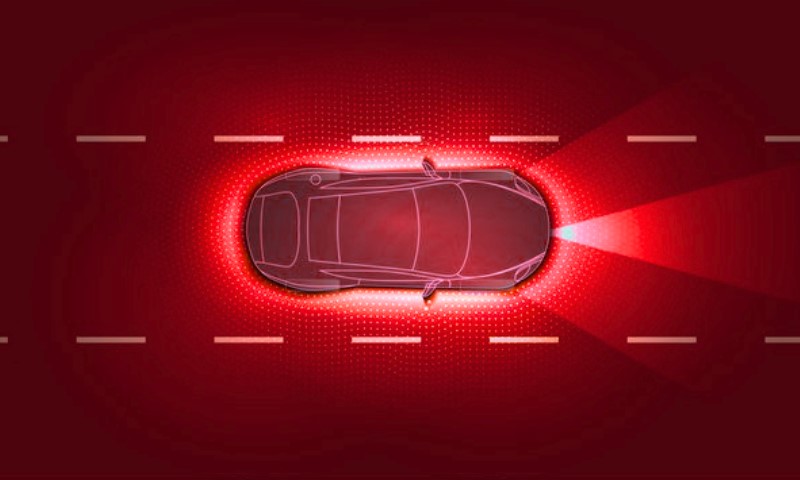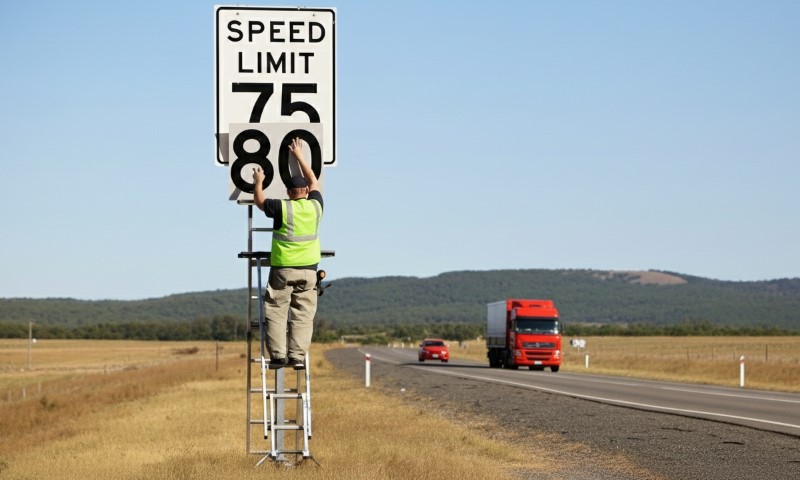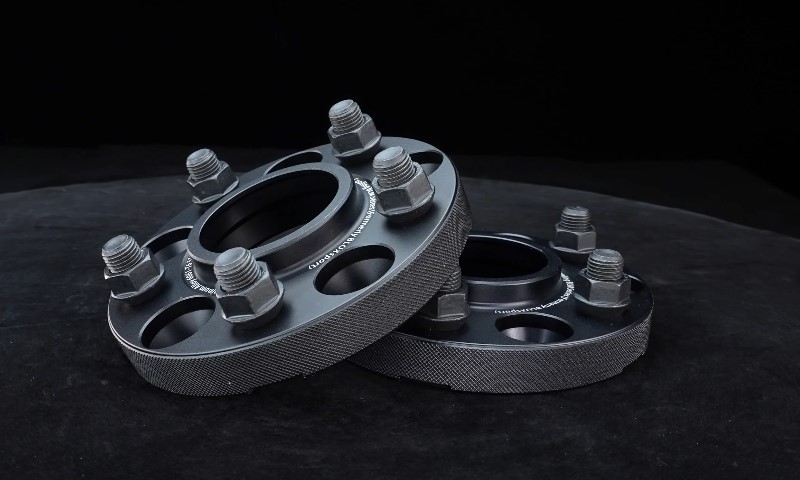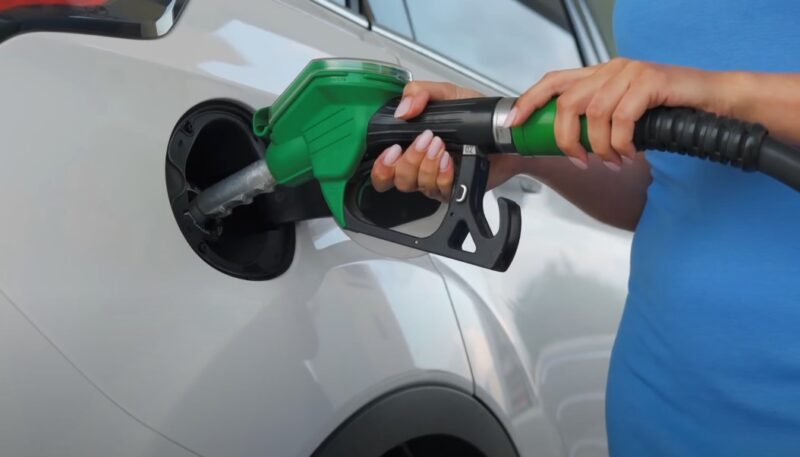
Share Post:
Picture this: you’re at the gas station, minding your own business, and suddenly you realize you might’ve pumped the wrong fuel. Your heart sinks. Is your beloved ride about to implode? Do you need to panic? And how on earth did this happen in the first place?
Let’s chat about the steps you can take and why they matter. I’ve personally seen enough garage mishaps to know this is a situation that calls for immediate action but not frantic chaos.
A bunch of questions pop up: “Is my car going to die the second I turn the key?” or “How much is this gonna cost to fix?” This guide is here to keep you from losing your cool.
There’s a way forward, and it’s not the end of the world—provided you act quickly.
Table of Contents
ToggleA Quick Look
| Scenario | Immediate Action | Potential Damage | Cost Range |
|---|---|---|---|
| Diesel in Petrol Car | – Don’t start
– Inform station staff – Call for drain and flush |
Clogged injectors, smoking, rough running | $200–$2,000 |
| Petrol in Diesel Car |
– Don’t start – Alert staff – Get professional draining – Tow it |
Loss of lubrication, misfiring, risk to fuel pump and injectors, big repair | $200–$2,000+ |
| Wrong Octane |
– Use recommended fuel next time – Monitor performance |
Possible engine knocking, reduced efficiency | Minimal to moderate |
| E85 in Non-Flex-Fuel | – Top off with regular
– Watch for “check engine” light |
Potential damage to seals, performance issues | Varies, check shop |
Immediate Consequences and What to Do on the Spot
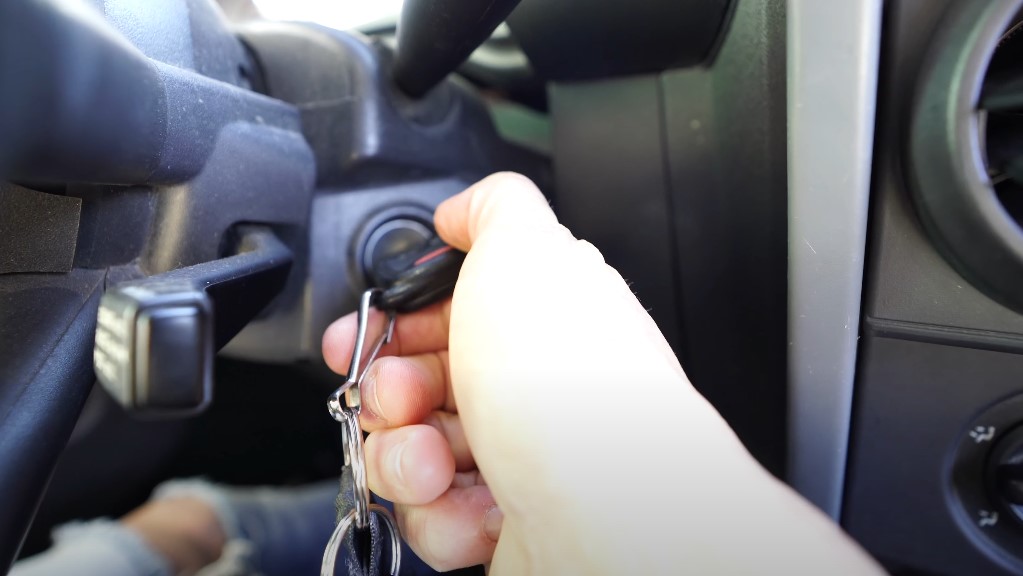
Before You Even Start the Engine
- Don’t twist that key: If you realize you’ve fueled up incorrectly before starting the engine, step away from the ignition. The big reason is that once you fire up the motor, the fuel pump starts circulating that mixture throughout the entire fuel system. That’s when real damage can begin.
- Flag someone at the station: Let the staff know what’s happened, so nobody tries to move your car or mess with it. They might have protocols or direct contact information for a local fuel-draining service.
- Push the vehicle to a safe area: Put it in neutral, get some help, and move it away from the pump so others can still fill up. You don’t want to cause a traffic jam.
- Call for assistance: There are specialist services that can come out to drain your fuel tank. Some roadside assistance memberships include this, but a quick heads-up: many insurance policies do not.
After the Engine Has Already Started
- Turn off the car ASAP: If you only notice your mistake once the engine has started sputtering, shut it off right away. Minimizing circulation of the wrong fuel is key.
- Coast to safety (if you can do so safely): In some cases, you might need to pull over to the side of the road. That’s okay. Just make sure you stop the engine the moment it’s safe.
- Call a breakdown service: At this point, you’ll likely need a tow and a full tank drain, followed by system flushing. The longer that mixed-up fuel stays in there, the worse the damage.
Petrol in a Diesel Engine (This One Can Be Costly)
Diesel engines rely heavily on the lubricating properties of diesel fuel. Petrol, on the other hand, acts more like a solvent that strips away this lubrication.
That’s why this scenario can be an absolute nightmare.
- Damage to fuel pump and injectors: Diesel engines have precision-engineered components that require consistent lubrication. When petrol runs through them, everything grinds, overheats, and can fail altogether.
- Possible symptoms: Loud knocking or ticking from under the hood, rough idling, or the engine might stall after a few minutes of driving.
- Repair costs: If you catch it immediately, you might just pay a few hundred bucks for a full drain and flush. If you keep driving or don’t notice until the engine practically gives up, you might be staring down a $1,000 or even $2,000+ repair bill for replacing fuel pumps and injectors.
It’s not just about the money either. When these parts fail, they can send metal shavings throughout the fuel system, creating a much bigger headache. Better to deal with it early.
Diesel in a Petrol Engine (Usually Less Severe, But Still a Headache)
When diesel ends up in a petrol system, the engine often reacts by sputtering or refusing to start at all. Petrol engines aren’t designed to handle the thicker, oily nature of diesel.
- Clogging of spark plugs and injectors: Diesel doesn’t ignite the same way petrol does, so those components can become clogged in short order.
- Smoky exhaust and rough running: If the engine does start, it’ll probably run poorly, emit a lot of smoke, and maybe stall frequently.
- Repair costs: Usually less severe than petrol in diesel, but you’re still looking at a few hundred to over a thousand in some cases, depending on how much got circulated. If the car only moved a tiny bit, you might get off easier.
The Financial Hit
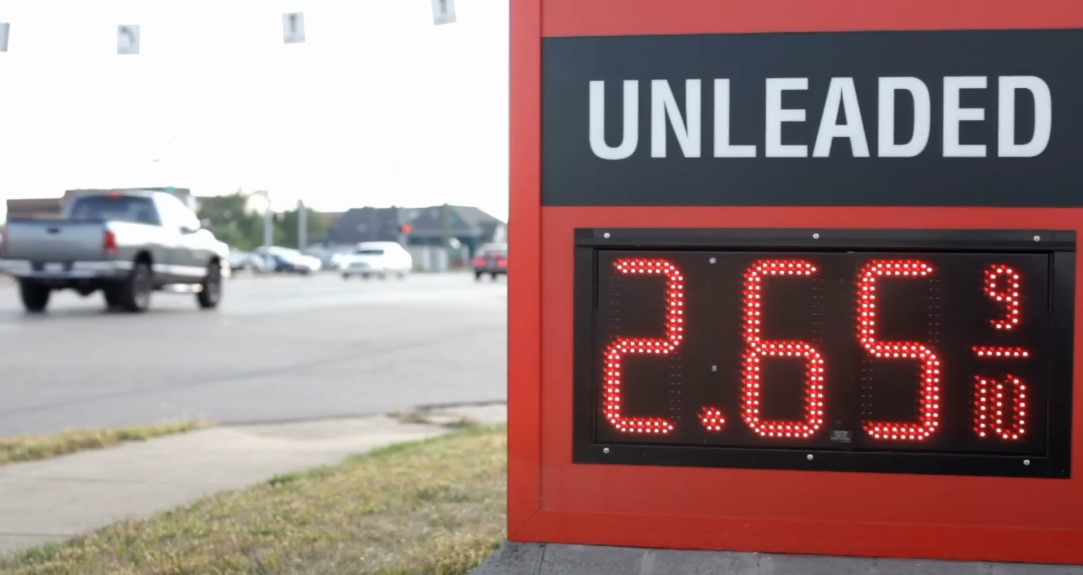
- A simple drain and flush can be around $200 to $500 in many cases.
- More extensive damage (like a trashed fuel pump, ruined injectors, or contamination through the entire system) can climb up to $2,000 or more.
If you’re in a tricky spot financially, this can be a real blow. Some workshops will let you finance repairs, but that’s not always an option.
My personal advice is to address the problem immediately, even if it stings, because driving with the wrong fuel for longer could destroy even more parts under the hood.
Insurance Surprises
Here’s a curveball: a lot of insurance policies don’t cover the cost of fuel-related mishaps. It might be listed under “misfuelling” exclusions.
You could have full coverage for accidents and theft, only to discover that misfuelling is in a separate category not included by default.
- Read the fine print: Some insurers will include this coverage as an add-on. If you do a lot of road trips or frequently switch between petrol and diesel cars, it might be worth the extra premium.
- Call your provider: If a situation pops up, give them a ring and see how they handle it. They might at least cover towing or partial costs for repairs, but don’t assume it’s guaranteed.
- Keep an emergency fund: Because misfuelling can happen to anyone, having a bit of cash set aside can reduce panic if it occurs.
Long-Term Effects of Driving with the Wrong Fuel
Let’s say you don’t realize you’ve used the incorrect pump, and you drive off. If the engine runs at all, you might notice stuttering, decreased power, or weird sounds. Long-term consequences can be pretty rough:
- Worn-out fuel pump: In a diesel engine that’s been exposed to petrol, the pump can overheat and fail prematurely.
- Damaged catalytic converter: If the engine misfires or runs poorly, unburnt fuel may reach the catalytic converter, causing it to overheat and eventually break down.
- Reduced performance over time: Even small amounts of the incorrect fuel, if left in the tank repeatedly, can cause poor combustion, carbon buildup, and overall engine strain.
Practical Tips to Keep It from Happening Again
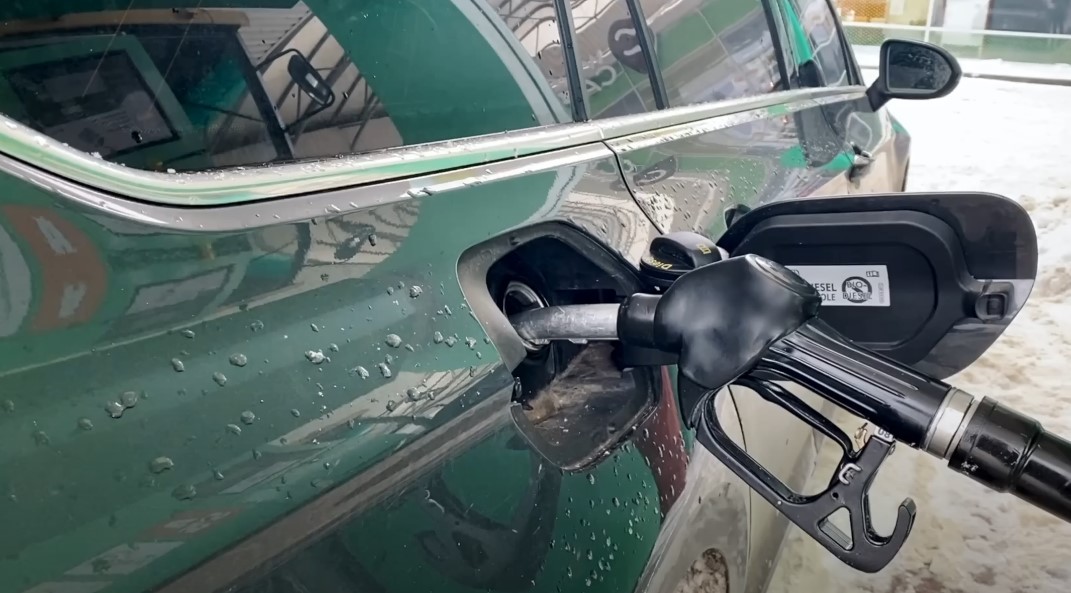
- Check the label on the nozzle: Before you squeeze that trigger, glance at the color or label. Green is often petrol, black is often diesel—but this can vary by country.
- Use reminders: A small sticker near your fuel cap is a cheap trick to save yourself from an expensive mistake.
- Stay focused: This might be easier said than done, but put your phone away and pay attention at the pump, especially if you drive both petrol and diesel vehicles in your household.
- Consider preventive devices: Some diesel cars come with misfueling prevention systems. There are aftermarket devices too that can help block the wrong nozzle from fitting.
- Double-check the gauge cluster: Many modern cars specify their fuel type on the instrument panel. A quick glance at that symbol can be a good safeguard.
Wrapping It Up
Putting the wrong fuel in your ride doesn’t mean you’re doomed, but it’s definitely not something to ignore. The cost and hassle can shoot up fast if you keep driving or delay getting help.
The minute you spot the mistake, kill the ignition, call a pro to drain the tank, and try to keep calm. It’s an embarrassing scenario for sure, but trust me, you’re not alone.
In the end, a little prevention goes a long way: keep an eye on the pump labels, maybe add a reminder sticker, and look into specialized prevention gadgets if you’re prone to that sort of slip-up.
Also, take a peek at your insurance policy—it might be worth adding coverage for misfueling. I’ve learned that no matter how savvy you are, life can throw curveballs, and we all mess up once in a while.
The main thing is dealing with it swiftly and safely, so you can get back on the road without racking up a giant repair bill.
Related Posts:
- Should You Put Premium Gas in Your Car? Insights for…
- What Happens When Your Car Is Totaled but Still Drivable
- What Happens When a Self-Driving Car Is Involved in a Crash
- Is It Bad to Leave the AC on in Your Car When You…
- Think Google Can Fix Your Car? Here’s Why You’re…
- Can You Use 5w30 Instead Of 0w20 - Will It Hurt Your…





